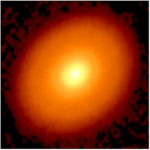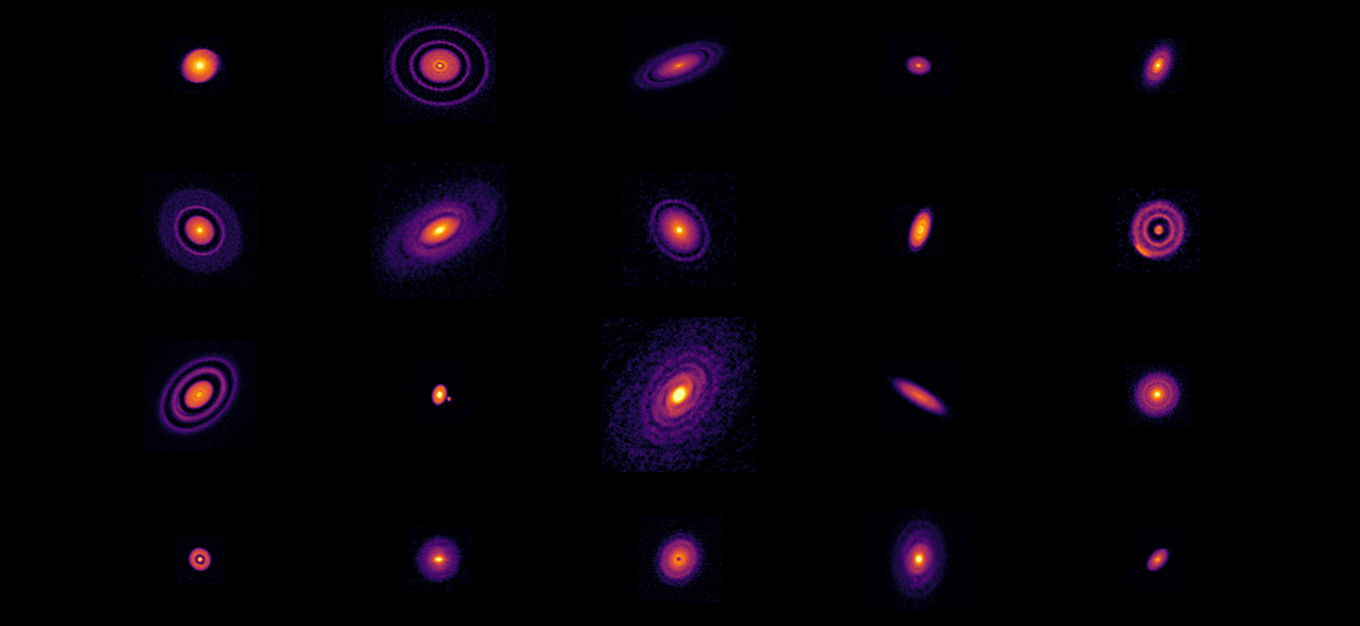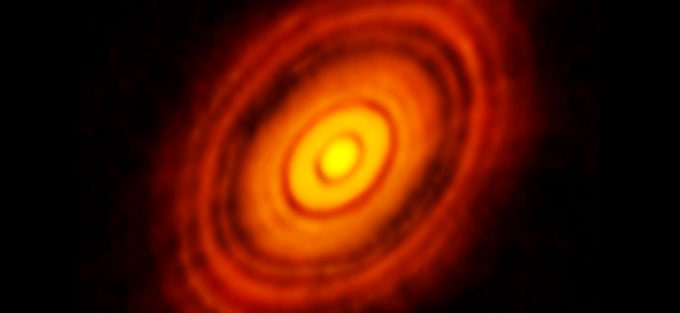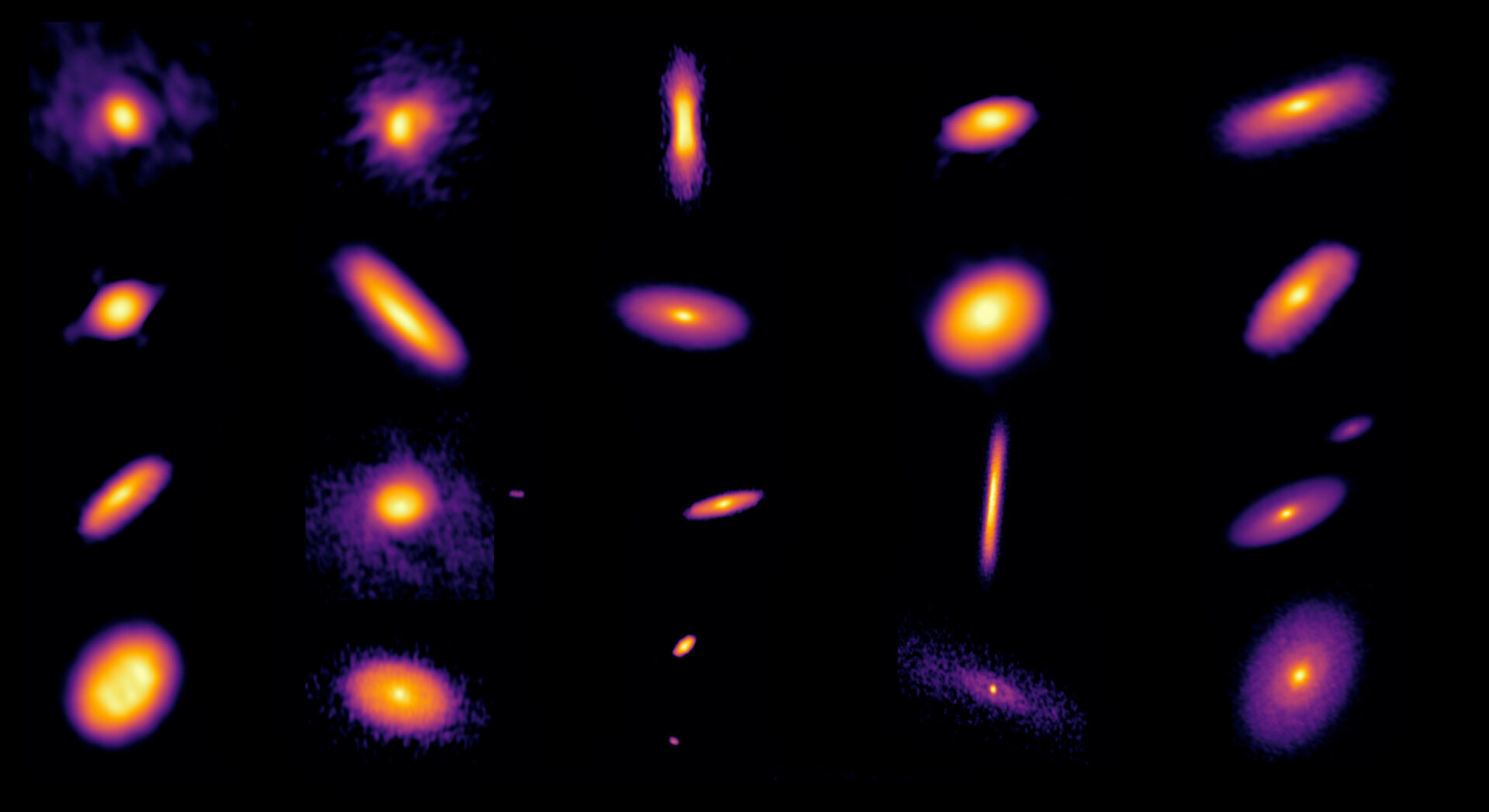Dawn of Planet Formation Unveiled by ALMA Observations
An international research team has harnessed the power of the Atacama Large Millimeter/submillimeter Array (ALMA) to illuminate the beginnings of planet formation. Led by Project Assistant Professor Satoshi Ohashi from the National Astronomical Observatory of Japan (NAOJ), the team focused their study on a protostar named DG Taurus (DG Tau), which displayed a smooth and unblemished protoplanetary disk, revealing the conditions just before planets begin to form.
Scientists believe that planets emerge from the interstellar dust and gas in a protostar's surrounding disk. However, the onset of this transformative process has remained enigmatic. While many disks observed with ALMA display ring-like structures—hinting at planet presence—finding a pristine disk without such signatures has been elusive.
The team's observations of DG Tau, a relatively young protostar, have offered a breakthrough. Using ALMA, they discerned a uniformly smooth disk devoid of the characteristic ring patterns often found in older protostars. This observation underscores the belief that DG Tau might be on the brink of planet formation. Deciphering the origins of Earth-like planets is pivotal for understanding the beginnings of life.
Extending their research, the team observed the disk across different wavelengths, obtaining insights into dust size and distribution. The findings intriguingly suggest the disk's outer regions as the potential starting point for planet formation, challenging previously held beliefs that the inner disk was the primary inception point. Notably, the midplane of the disk exhibited a high dust-to-gas ratio, hinting at the disk's readiness for planet formation soon.
"ALMA has so far succeeded in capturing a wide variety of disk structures and has revealed the existence of planets. On the other hand, to answer the question, 'How does planet formation begin?', it is important to observe a smooth disk with no signature of planet formation. We believe that this study is very important because it reveals the initial conditions for planet formation," commented Professor Satoshi Ohashi on its significance.
Additional Information
This research was published in The Astrophysical Journal on August 28, 2023, as "Dust Enrichment and Grain Growth in a Smooth Disk around the DG Tau Protostar Revealed by ALMA Triple Bands Frequency Observations" (DOI: 10.3847/1538-4357/ace9b9).
This project is also supported by Grants-in-Aid from the Japan Society for the Promotion of Science (KAKENHI: Nos. JP18H05441, JP19K23469, JP20K04017, JP20K14533, JP20H00182, JP22H01275, JP23H01227), the RIKEN pioneering project of Evolution of Matter in the Universe, the DFG-Grant "INSIDE: The INner regions of protoplanetary disks: SImulations anD obsErvations" (project No. 465962023), the EC H2020 research and innovation program for the project "Astro-Chemical Origins" (ACO, No. 811312) and the PRIN-MUR 2020 MUR BEYOND-2p (Astrochemistry beyond the second-period elements, Prot. 2020AFB3FX).
The Atacama Large Millimeter/submillimeter Array (ALMA), an international astronomy facility, is a partnership of the European Organisation for Astronomical Research in the Southern Hemisphere (ESO), the U.S. National Science Foundation (NSF) and the National Institutes of Natural Sciences (NINS) of Japan in cooperation with the Republic of Chile. ALMA is funded by ESO on behalf of its Member States, by NSF in cooperation with the National Research Council of Canada (NRC) and the National Science and Technology Council (NSTC) in Taiwan and by NINS in cooperation with the Academia Sinica (AS) in Taiwan and the Korea Astronomy and Space Science Institute (KASI).
ALMA construction and operations are led by ESO on behalf of its Member States; by the National Radio Astronomy Observatory (NRAO), managed by Associated Universities, Inc. (AUI), on behalf of North America; and by the National Astronomical Observatory of Japan (NAOJ) on behalf of East Asia. The Joint ALMA Observatory (JAO) provides the unified leadership and management of the construction, commissioning and operation of ALMA.
Images
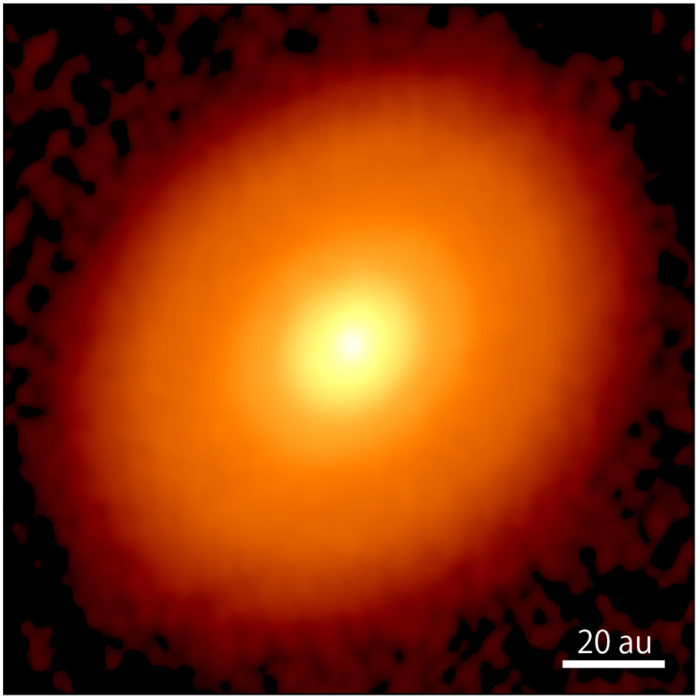
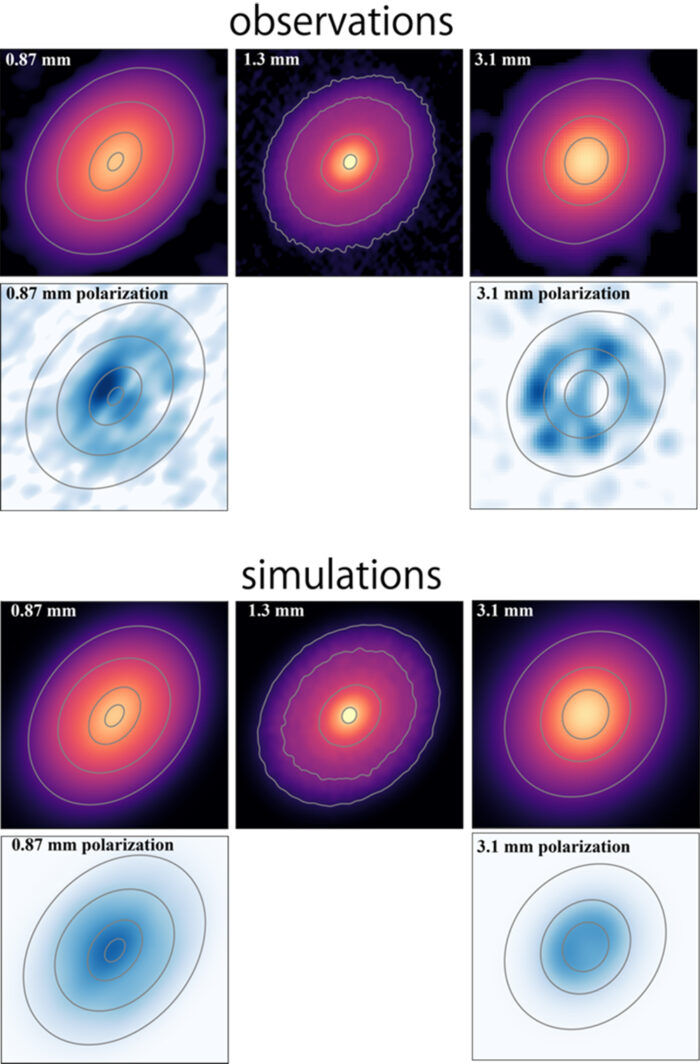
Contacts
-
Nicolás Lira
Education and Public Outreach OfficerJoint ALMA Observatory, Santiago - ChilePhone: +56 2 2467 6519Cel: +56 9 9445 7726Email: [email protected] -
Naoko Inoue
EPO officer, ALMA ProjectNational Astronomical Observatory of Japan (NAOJ)Email: [email protected] -
Jill Malusky
Public Information Officer -
Bárbara Ferreira
ESO Media Manager



